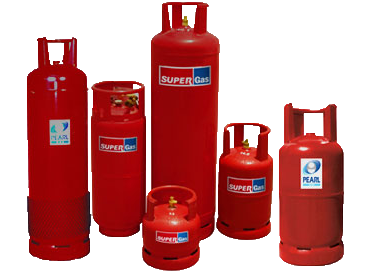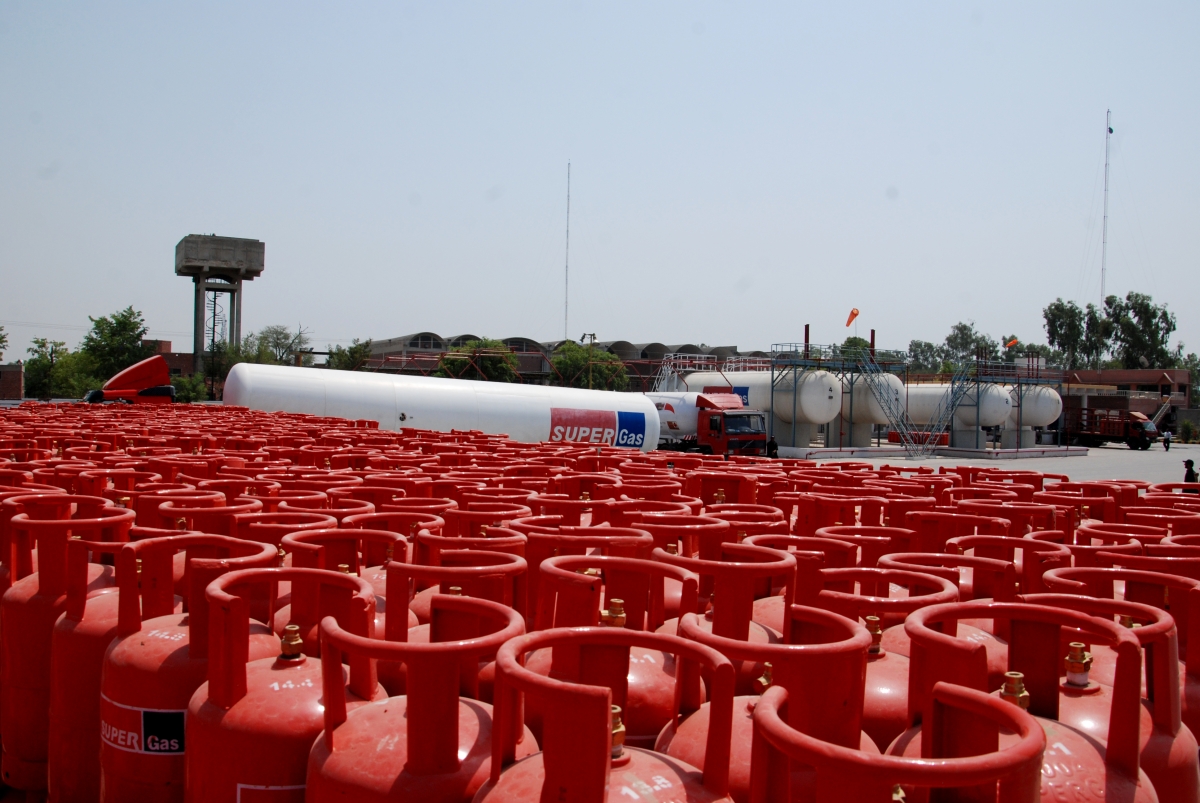LPG stands for Liquified Petroleum Gas. The composition of LPG is Hydrogen and Carbon, also known as Hydrocarbons. Specifically, LPG consists of a combination of Propane (C3H8 ), and Butane ( C4H10).
LPG can be obtained as a co-product of refining of crude oil at refineries, or extracted from streams of natural gas from oil and gas fields. Propane and Butane are both gases in ambient conditions but can be liquified under modest pressure and temperature conditions. Furthermore, LPG can safely and easily be stored at room temperature.

| Properties | Commercial Butane | Commercial Propane |
|---|---|---|
| Calorific Values – Gross (BTU / lb) | 21200 | 21500 |
| Calorific Values – Net (BTU / lb) | 19700 | 19900 |
| Relative Density of liquid at 15°C | 0.57 – 0.58 | 0.50 – 0.51 |
| imperial Gallons / ton at 15°C | 385-393 | 439-448 |
| Liter / tonne at 15°C | 1,723 – 1,760 | 1,965 – 2,019 |
| Relative density compared to air at 15°C and 1 Bar (14.7 psi) | 1.90 - 2.10 | 1.40– 1.55 |
| Calorific Values – Gross (BTU / lb) | 21200 | 21500 |
| Imperial Gallons / ton at 15°C) | 385 – 393 | 439 - 448 |
| Relative Density of liquid at 15°C) | 0.57 - 0.58 | 0.50 - 0.51 |
| Liter / tonne at 15°C) | 1,723 – 1,760 | 1,965 – 2,019 |
| Relative density compared to air at 15°C and 1 Bar (14.7 psi) | 1.90 – 2.10 | 1.40 – 1.55 |
| Volume of gas (liters) per kg of liquid at 15°C and 1 Bar (14.7 psi)) | 406 – 431 | 537 - 543 |
| Volume of gas (ft³) per lb ofliquid at 15°C and 1 Bar (14.7 psi) | 6.5 – 6.9 | 8.6 – 8.7 |
| Sulphur Content | Negligible to 0.02 | Negligible to 0.02 |
| Limits of Flammability (%age by volume of gas-air mixture to | 1.8 – 8.4 | 2.4 – 9.5 |
| Air Required for combustion (ft³ to burn 1 ft³ of gas at STP) | 30 | 24 |
